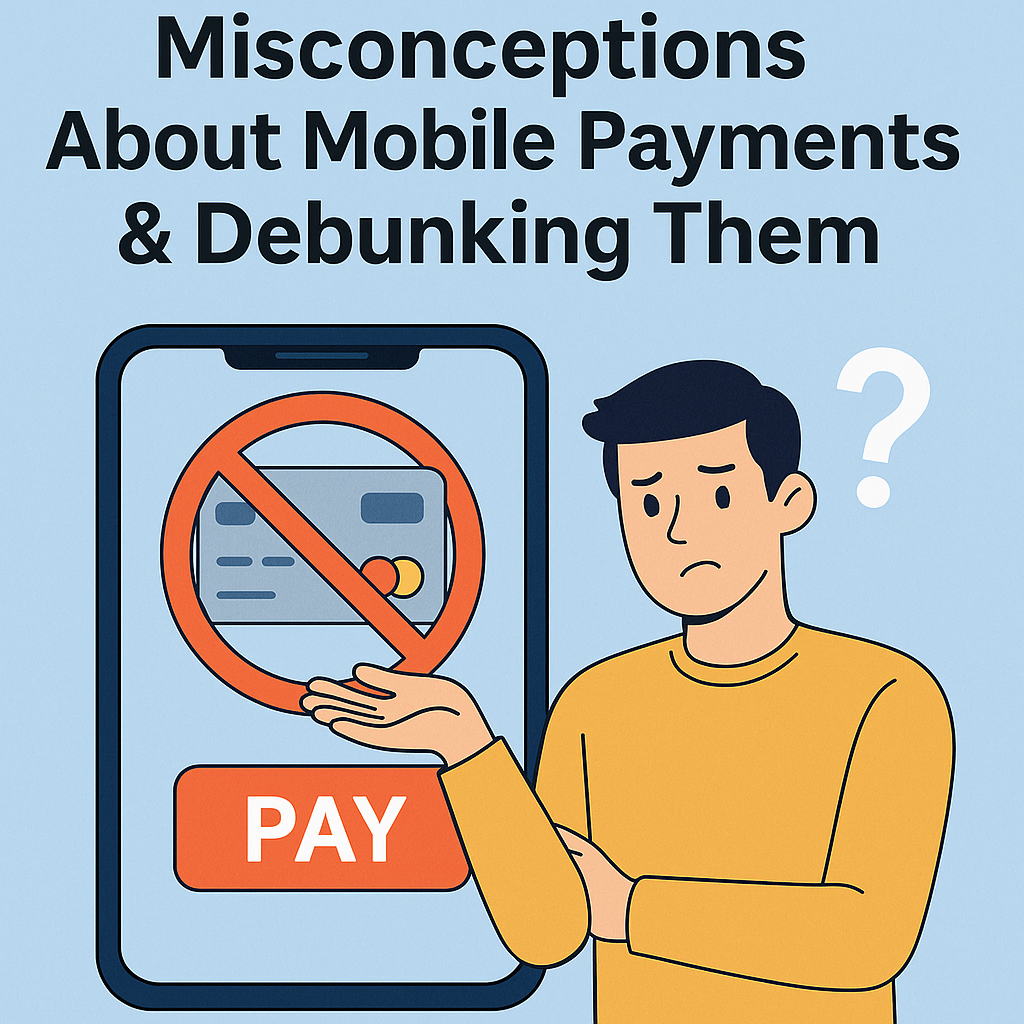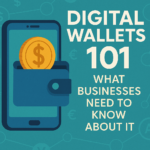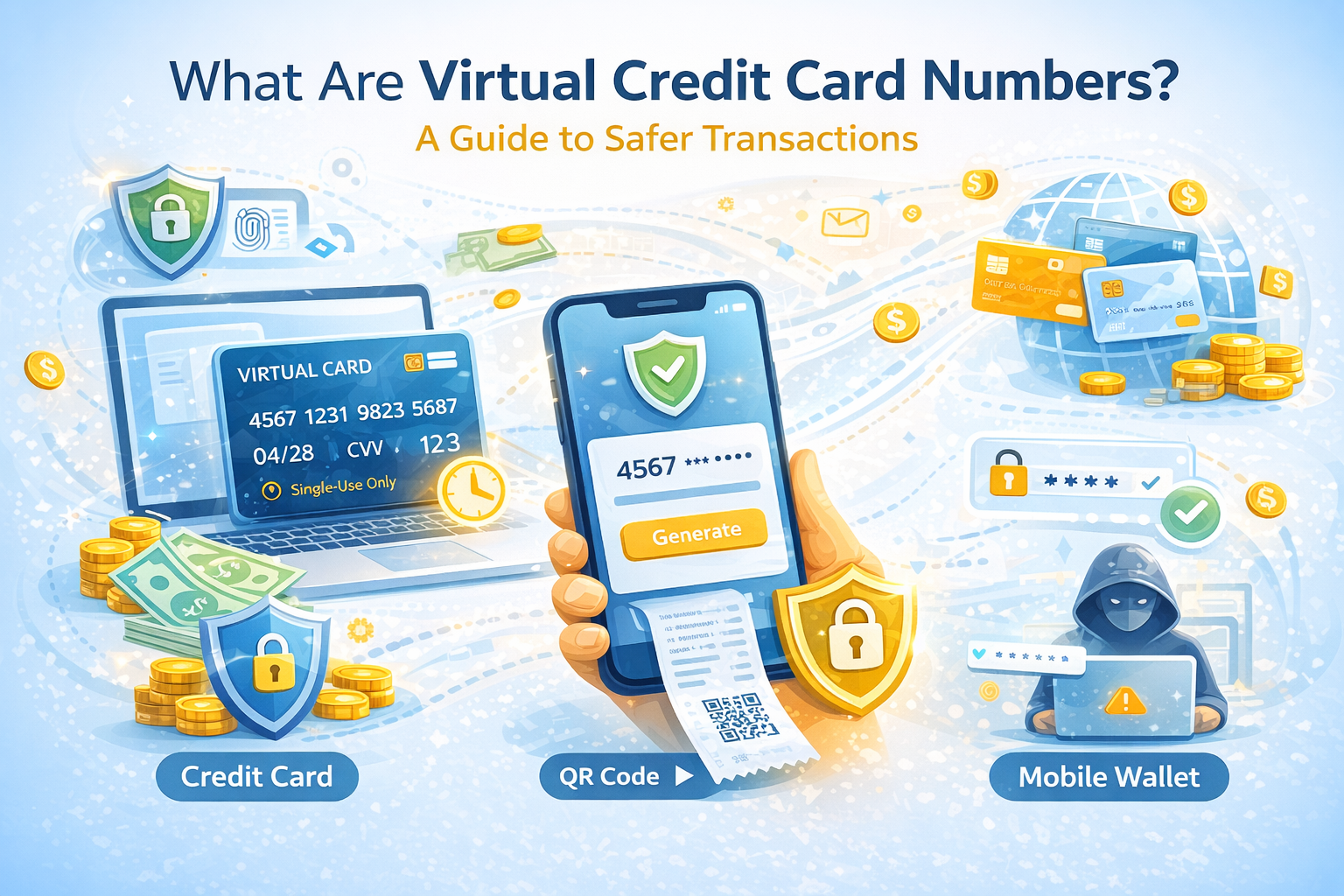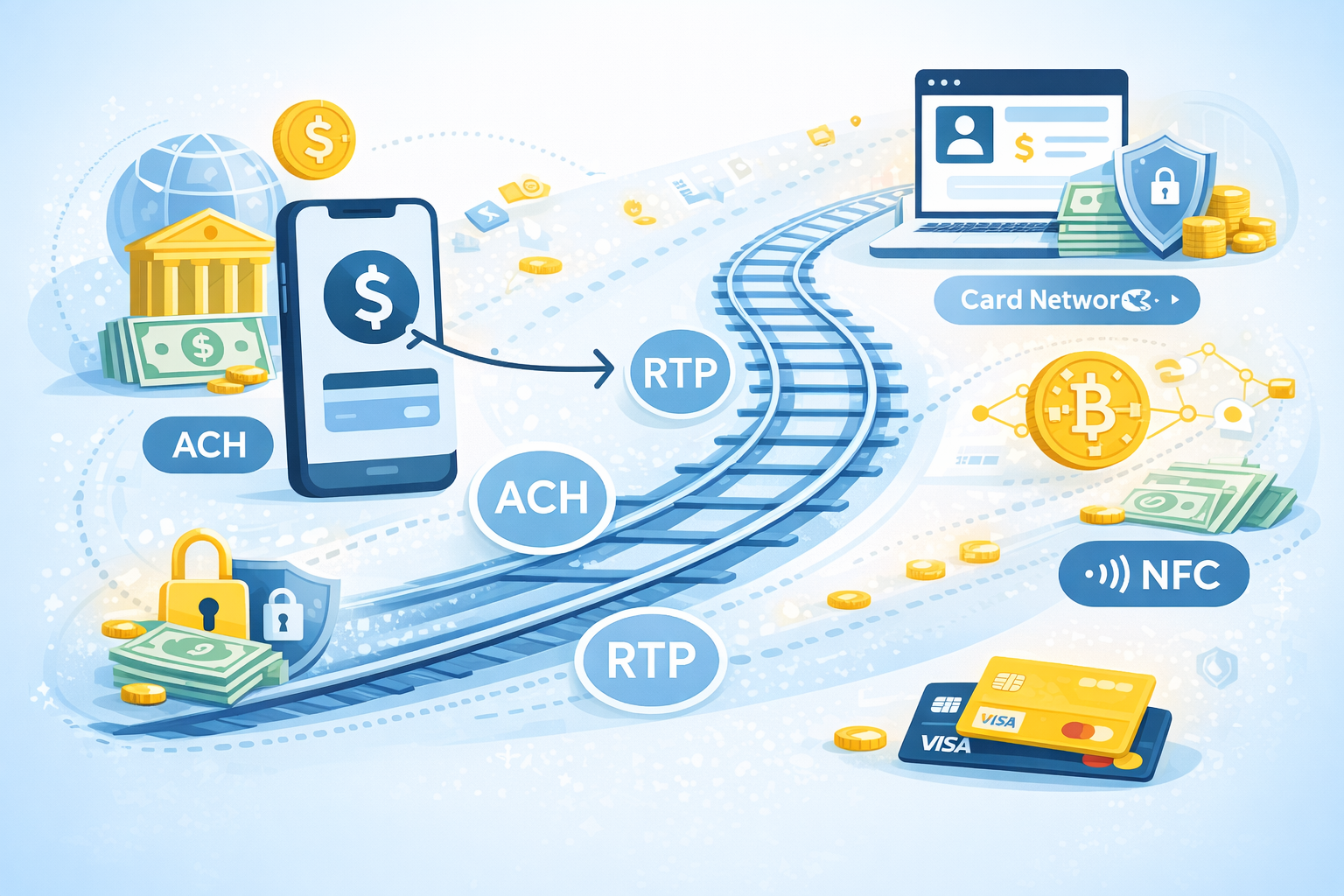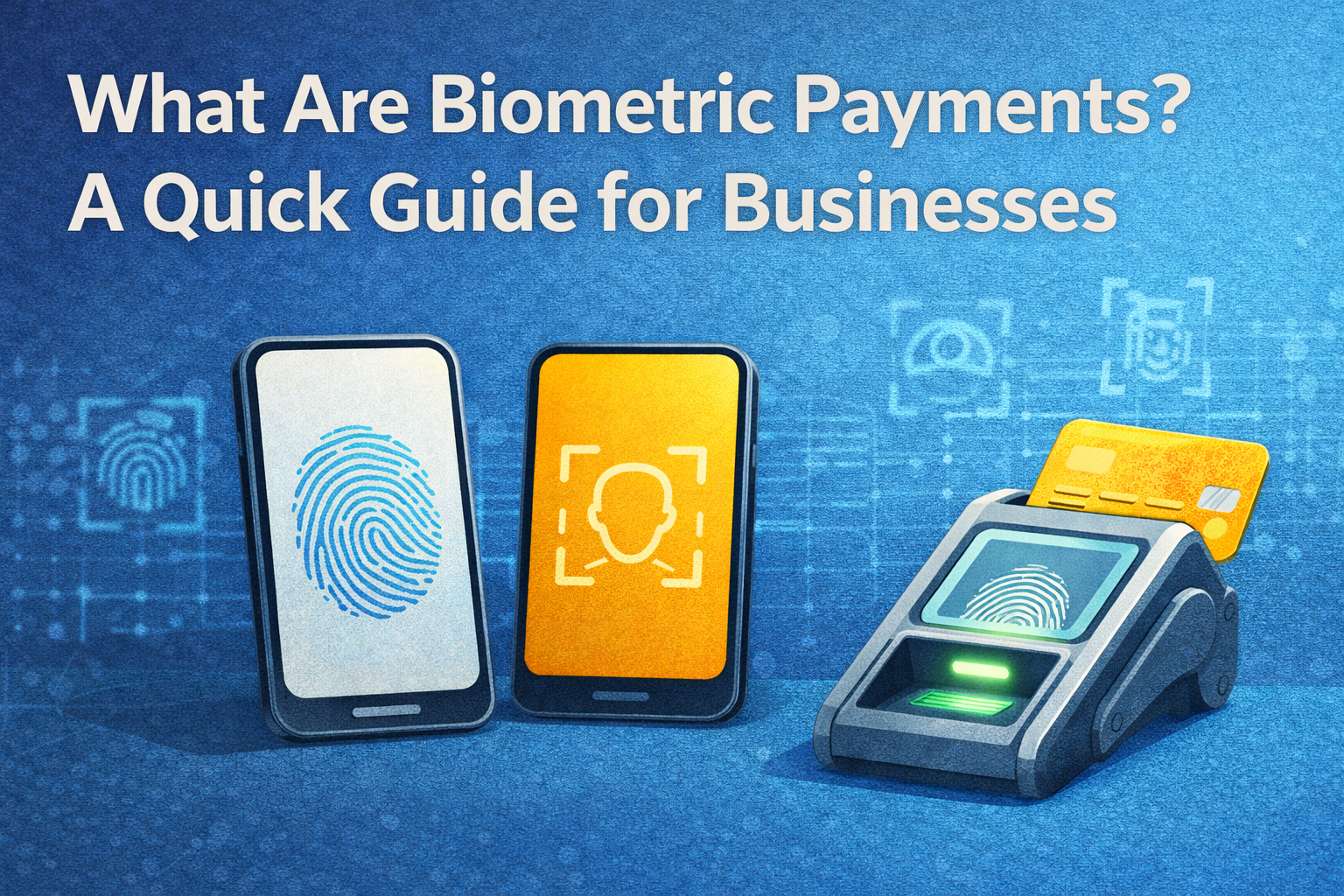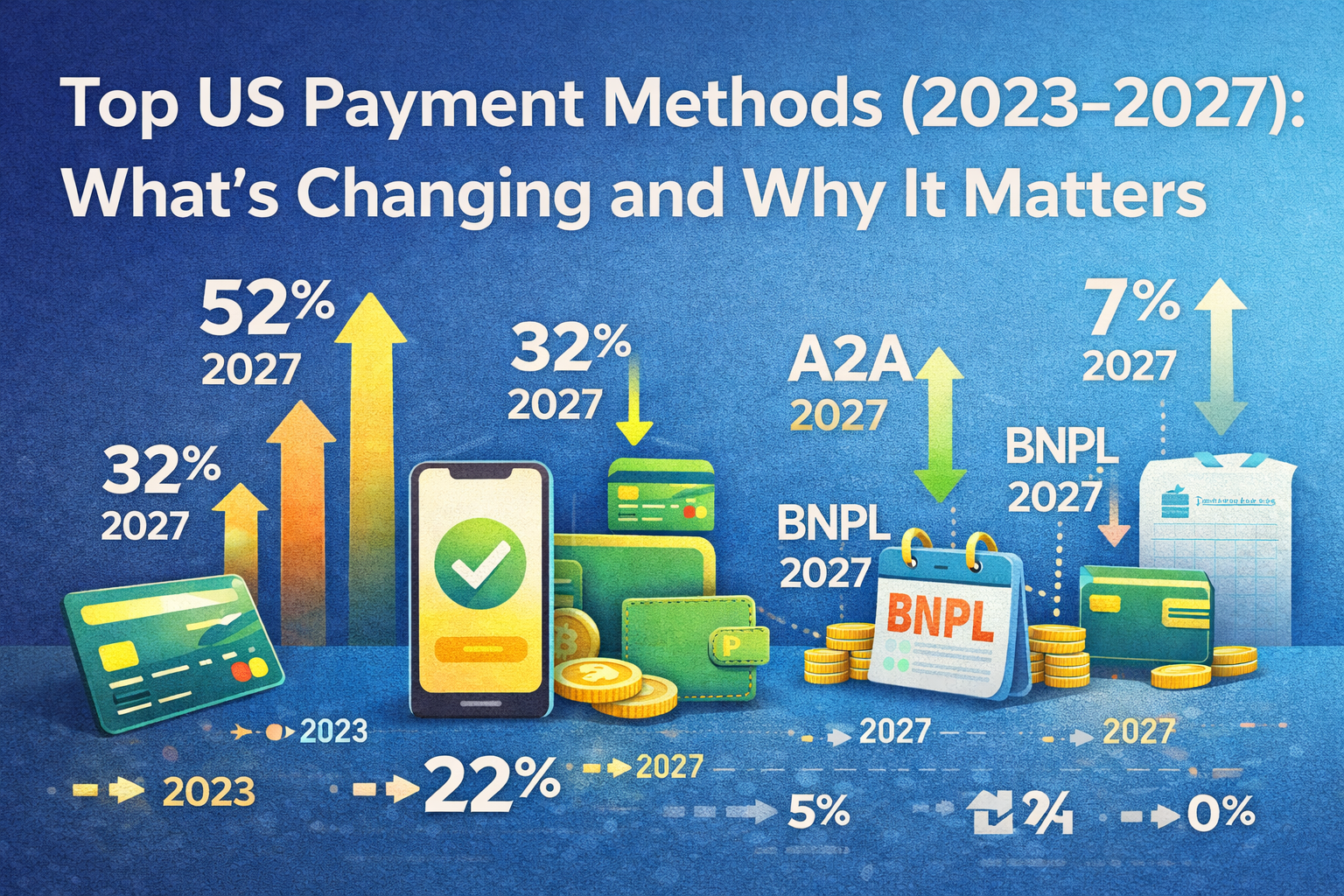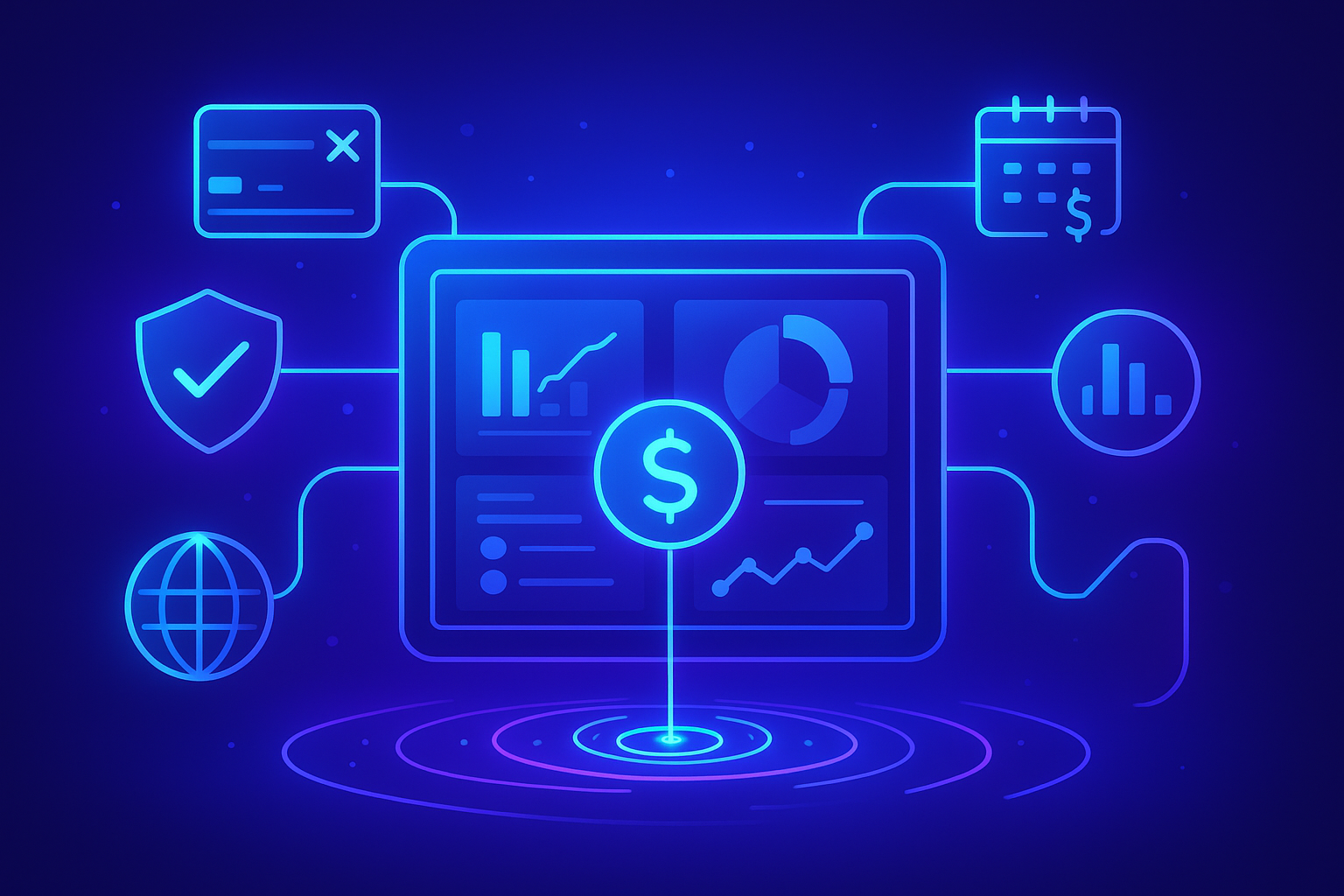The mobile payment market has seen remarkable growth in recent years. According to Statista, mobile payments generated a revenue of $780 billion in 2017, and this figure is projected to exceed $1 trillion by 2019. Despite their increasing popularity, several myths persist about mobile payment technologies. Some individuals are concerned about security, while others think that mobile payment technologies are too complicated or costly.
If you’ve ever wondered, “Are mobile payment systems safe?” or “Do mobile payments actually increase sales?” you’re in the right place. Let’s bust some of the most common misconceptions about mobile payment processing solutions and uncover the truth behind this game-changing technology.
Myth #1: “It’s Not Safe to Make Purchases with Your Phone”
One of the biggest concerns surrounding mobile payment systems is security. Many people think using a mobile payment terminal exposes them to fraud, data breaches, or hacking. But here’s the reality: mobile payment technologies are often safer than traditional payment methods.
Why Mobile Payment Technology is Secure:
- Encryption & Tokenization: Advanced encryption and tokenization are used in mobile payment processing solutions to secure transactions. What this means is that even if a hacker catches your data, it’s useless without the right decryption key.
- Biometric Authentication: Most mobile payment technologies use fingerprint scanning or facial recognition, which makes unauthorized access virtually impossible.
- Dynamic Security Codes: Unlike traditional credit cards that use static card numbers, mobile payment technologies generate a new security code for every transaction, adding an extra layer of protection.
If you’ve ever searched “Are mobile payments safer than credit cards?”, the answer is a resounding yes!
Myth #2: “Mobile Apps Are Complicated to Implement and Use”
Some business owners hesitate to adopt mobile payment technologies because they believe it’s too complex to set up or use. This misconception couldn’t be further from the truth.
Easy Setup & User-Friendly Experience:
- Simple Integration: Most mobile payment terminals and apps can be set up within minutes. Whether you use a dedicated POS system or a smartphone, mobile payment processing solutions integrate seamlessly with existing setups.
- User-Friendly Interfaces: Today’s mobile payment technologies are designed with ease of use in mind. Customers can make purchases with a simple tap or scan, and businesses can manage transactions effortlessly.
- Minimal Training Required: If you can use a smartphone, you can use mobile payment solutions. Businesses don’t need extensive training to start accepting digital payments.
If you’ve ever Googled “How easy is it to accept mobile payments?” rest assured, it’s as simple as using any other payment method.
Myth #3: “Mobile Payments Will Not Raise My Sales That Much”
Most entrepreneurs feel that allowing mobile payment technologies will not affect their income much. However, research indicates that providing multiple payment methods, such as a mobile payment terminal, can result in higher sales.
How Mobile Payment Solutions Drive Sales:
- Faster Transactions: Business is all about speed. Mobile payment processing systems streamline checkout times, enabling companies to serve more customers in a timely manner.
- More Convenience: People are fond of convenience. Most individuals actively look for companies that have mobile payment systems because they are time- and energy-saving.
- Instills Greater Expenditure: Cell phone payments tend to inspire impulse buying. If payment is convenient, more money will likely be spent by customers.
If you’ve ever searched “Do mobile payments increase sales?”, the answer is yes! Businesses that embrace mobile payment technology often see a noticeable boost in revenue.
Myth #4: “Mobile Wallets and Apps Are Only Useful for Making Purchases”
Some people think that mobile payment solutions are only beneficial for making purchases, but they offer so much more. Mobile payment technology provides a range of features that enhance both business operations and customer experiences.
Beyond Just Payments:
- Loyalty Programs & Rewards: Many mobile payment technologies integrate with loyalty programs, offering rewards and discounts to repeat customers.
- Expense Tracking: Businesses and consumers can track their spending more efficiently with detailed transaction histories.
- Split Payments & Peer-to-Peer Transfers: Mobile payment processing solutions enable seamless money transfers between friends, family, or even co-workers splitting a bill.
If you’ve ever Googled “What can mobile payments be used for?” the answer goes far beyond just making purchases.
Myth #5: “Enabling Mobile Payments Is Expensive”
One of the biggest misconceptions is that mobile payment technologies come with hefty costs. Many small business owners assume they need expensive hardware or incur high transaction fees. The truth is that mobile payment technology is more affordable than ever.
Cost-Effective Mobile Payment Solutions:
- Affordable Hardware Options: Many mobile payment terminals are budget-friendly and can be used with existing devices like smartphones or tablets.
- Lower Transaction Fees: Mobile payment processing solutions often have competitive transaction fees, sometimes even lower than traditional credit card processing fees.
- Increased ROI: The benefits of faster transactions, increased sales, and improved customer experience outweigh the costs associated with mobile payment solutions.
If you’ve searched “Are mobile payment systems expensive?”, you’ll be happy to know that enabling mobile payments is cost-effective and highly beneficial.
Conclusion
Mobile payment technology is here to stay, and businesses that embrace it will have a competitive edge. Whether you’re a small retailer or a large enterprise, mobile payment processing solutions can enhance security, simplify transactions, and boost sales.
If you’ve ever hesitated because of concerns like security, complexity, or cost, it’s time to rethink. mobile payment technologies are safe, easy to use, and affordable.
So, if you’re still wondering, “Should I accept mobile payments?” The answer is a definite yes!

